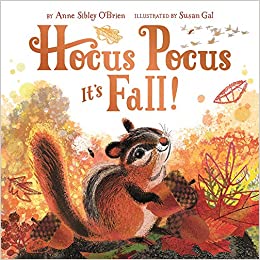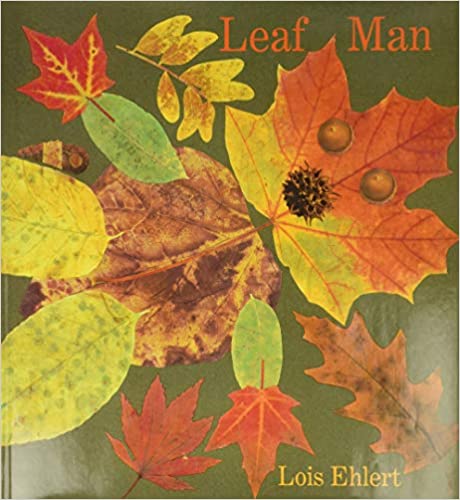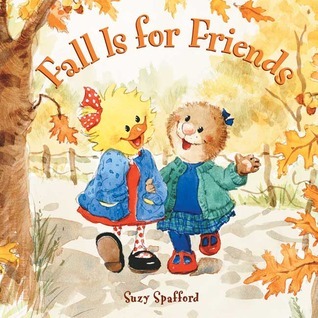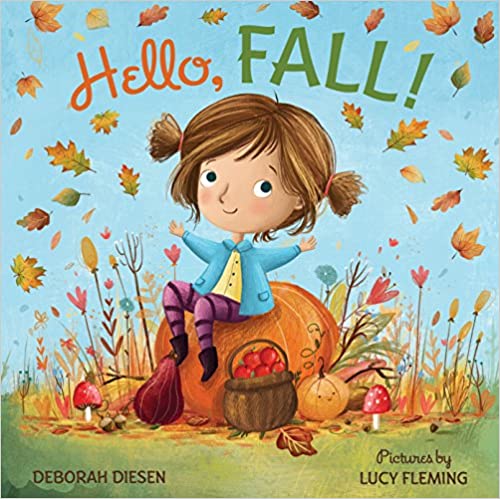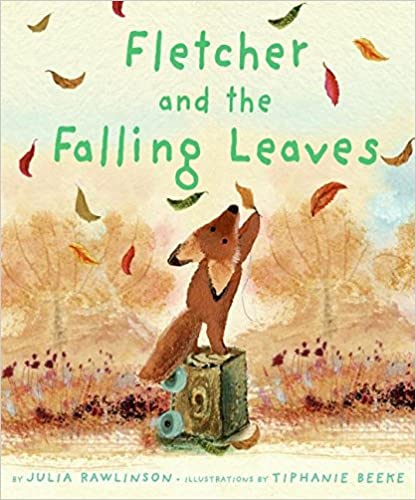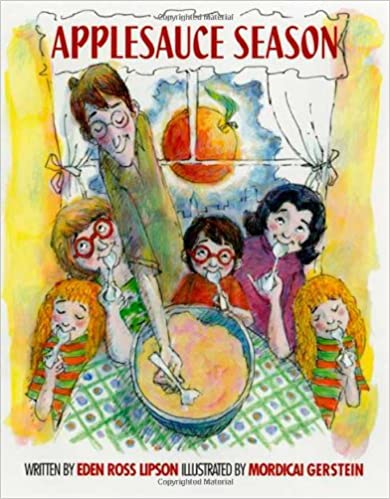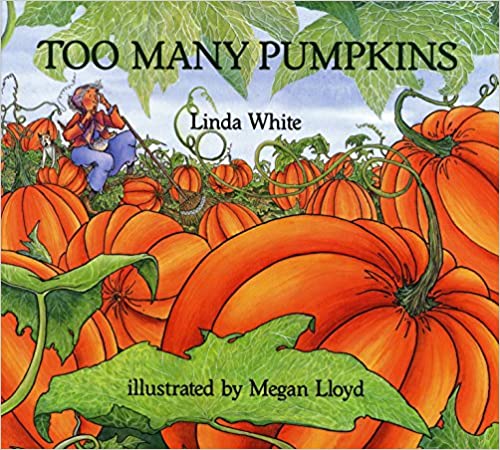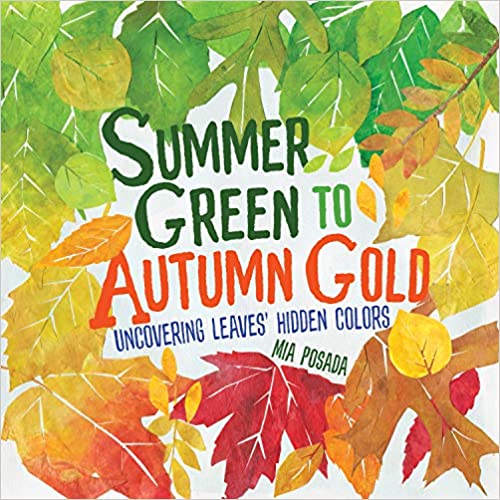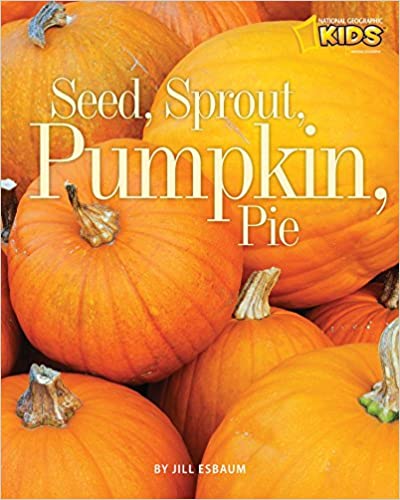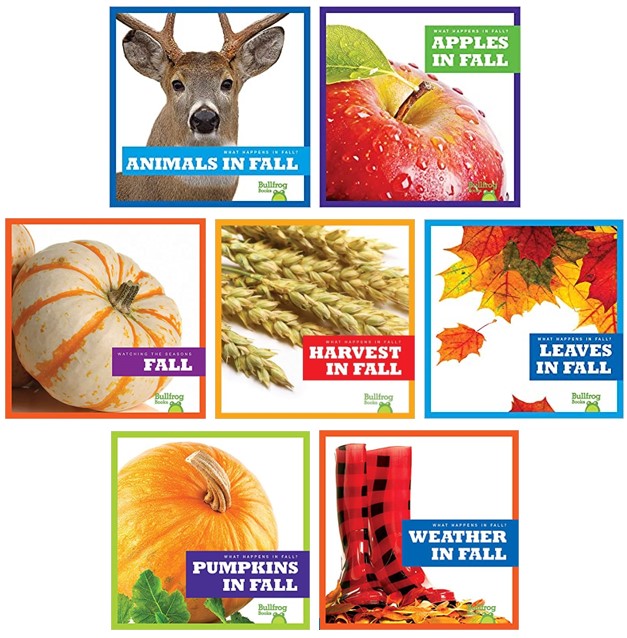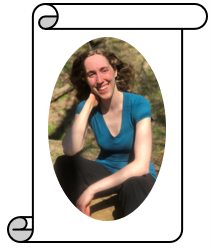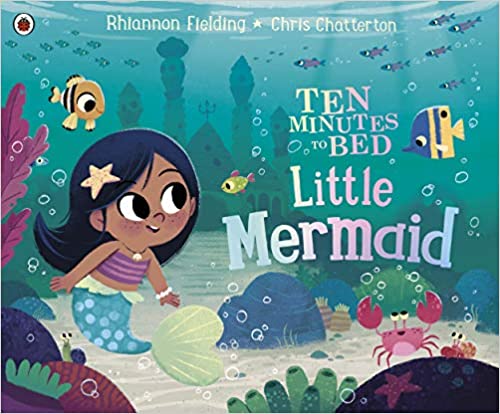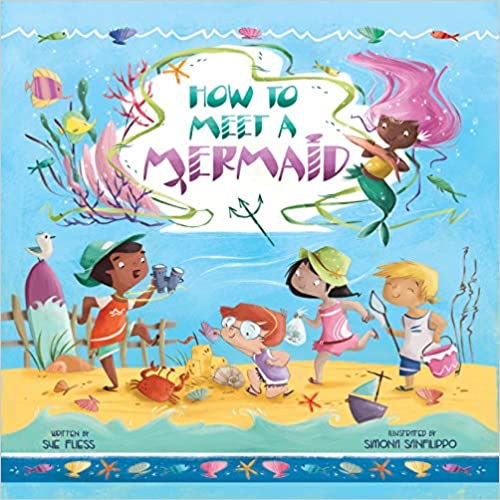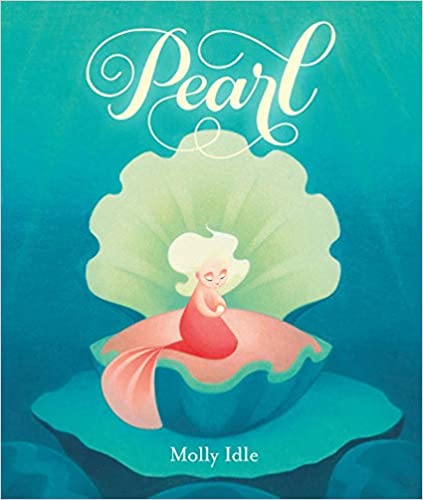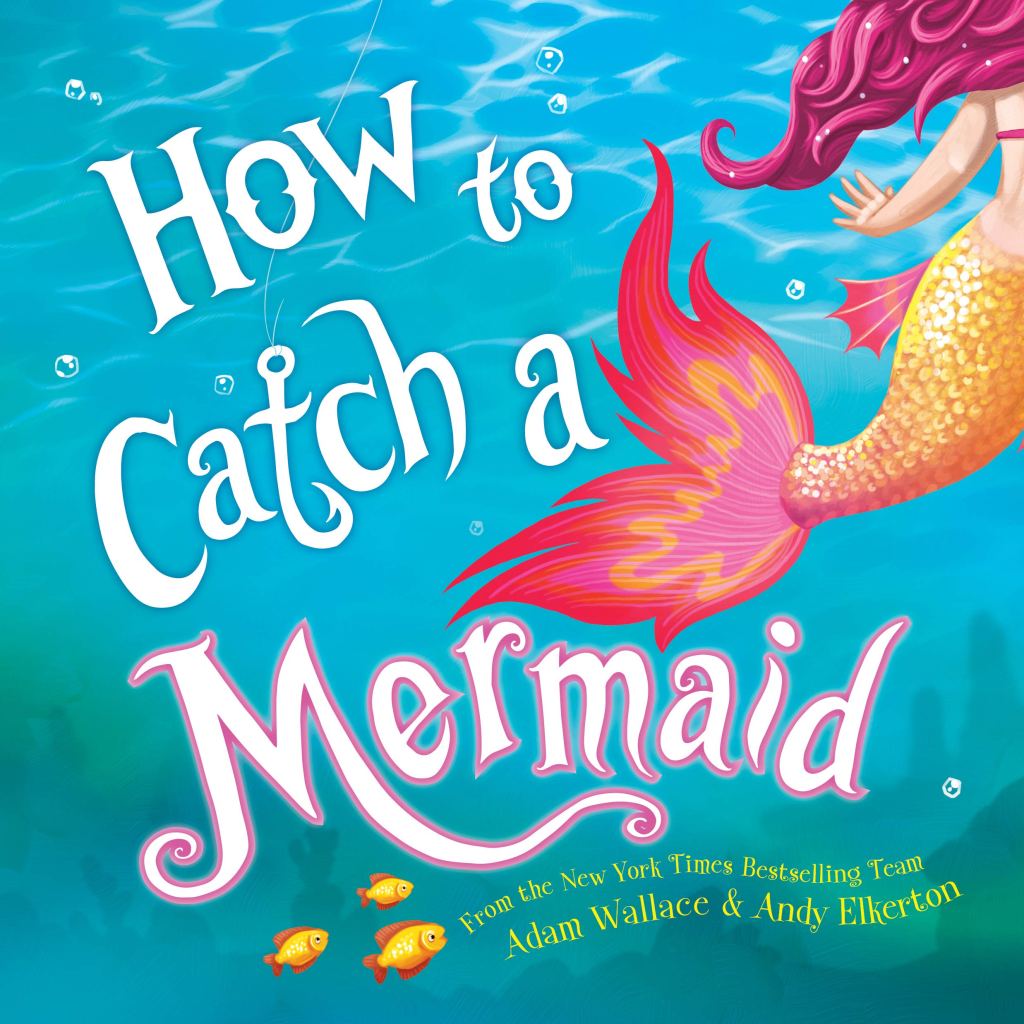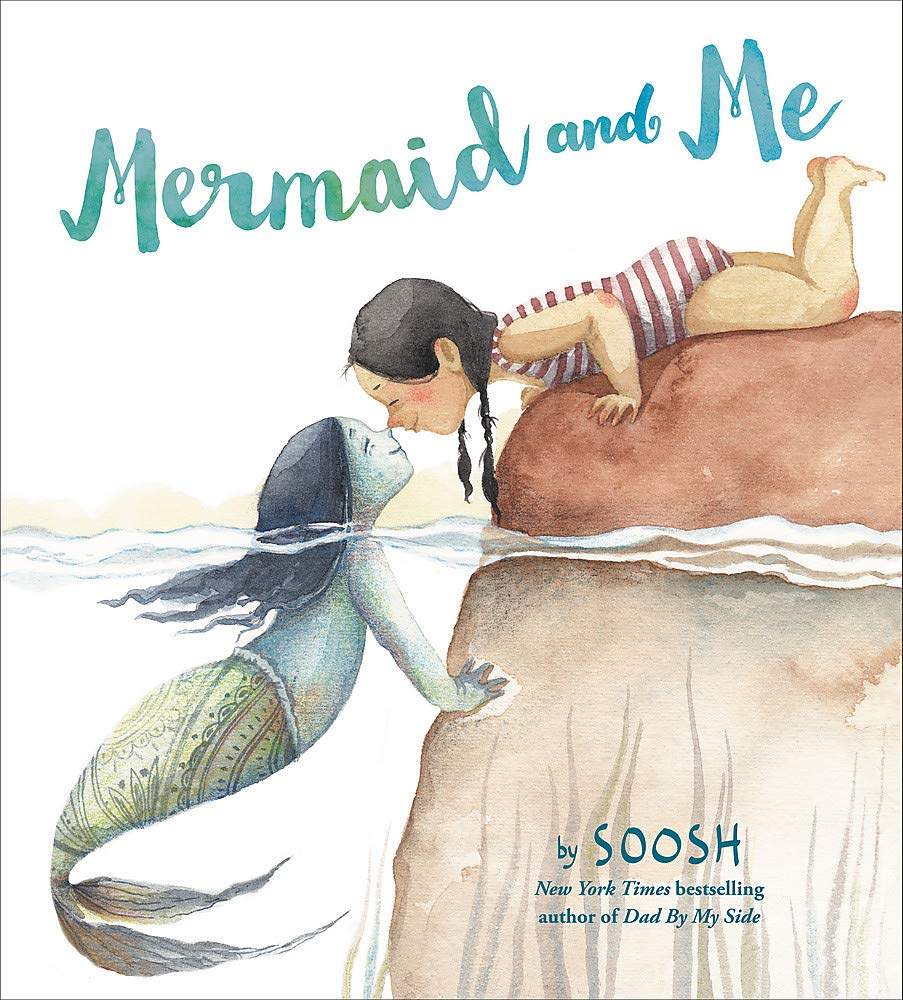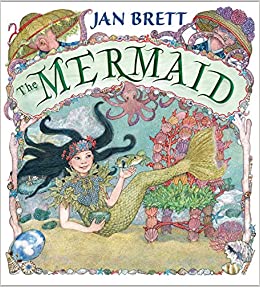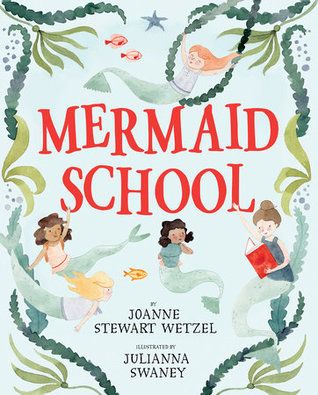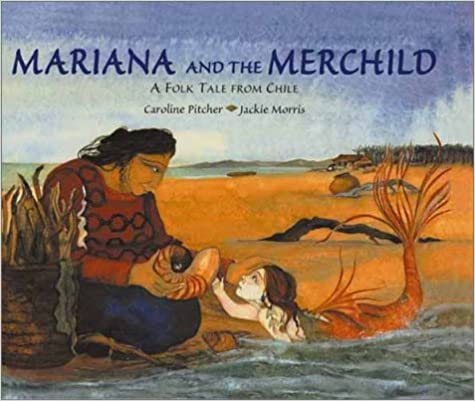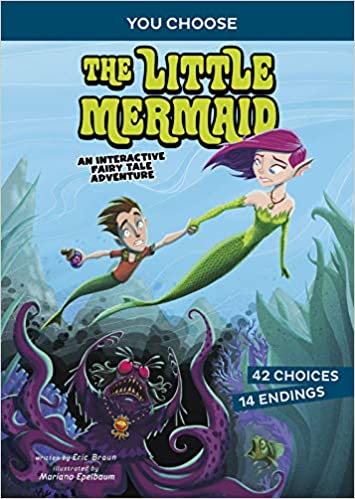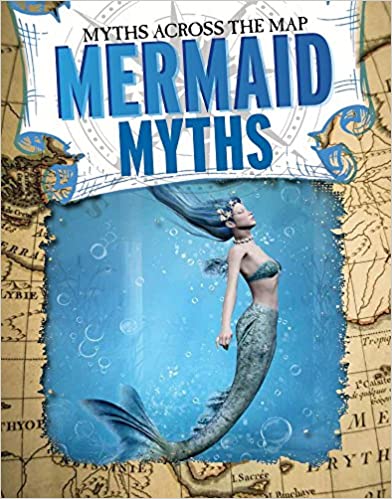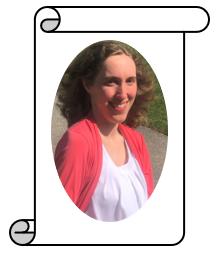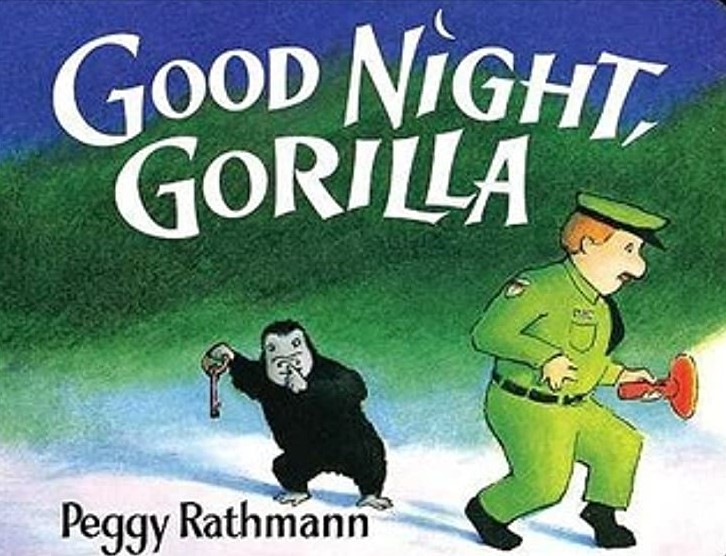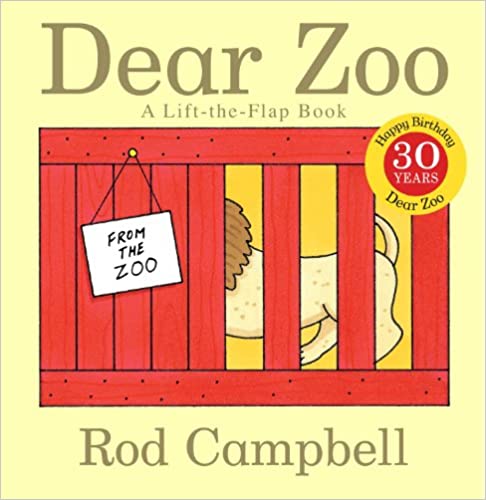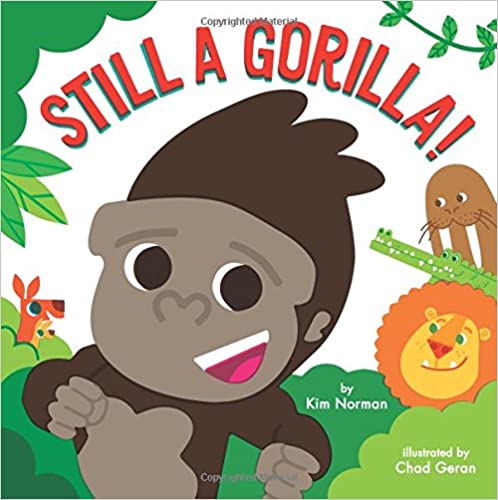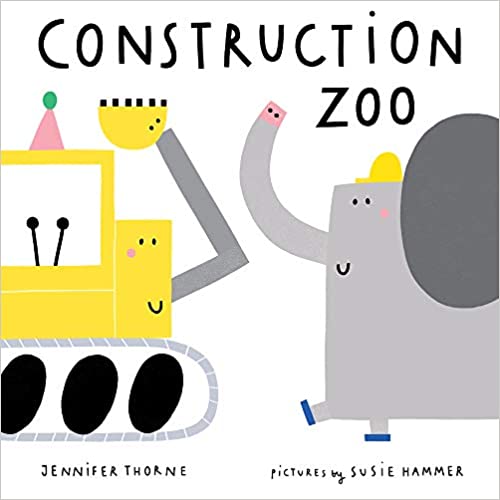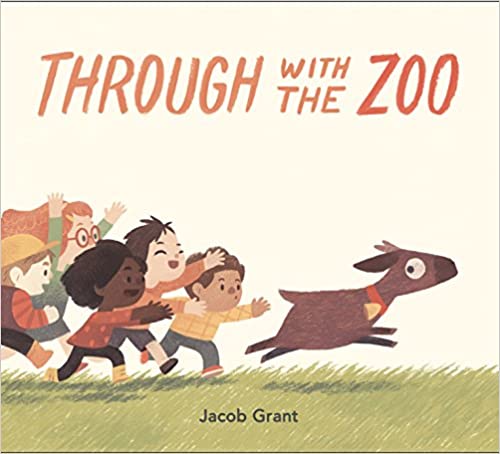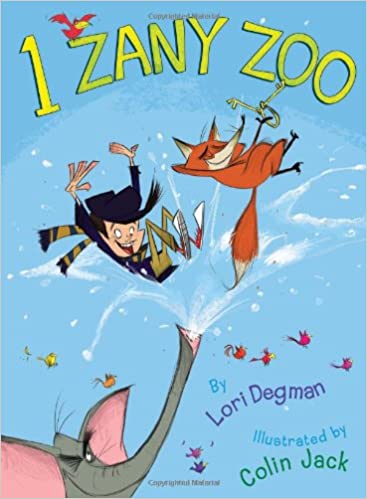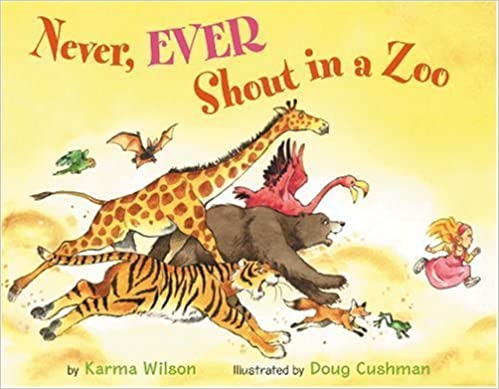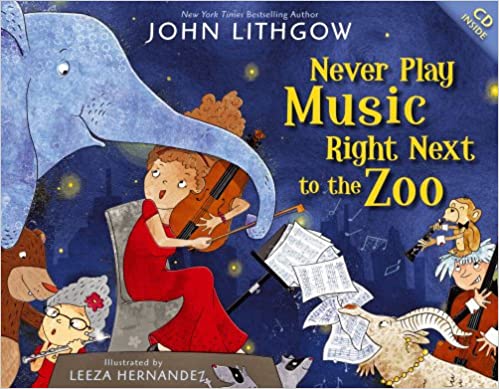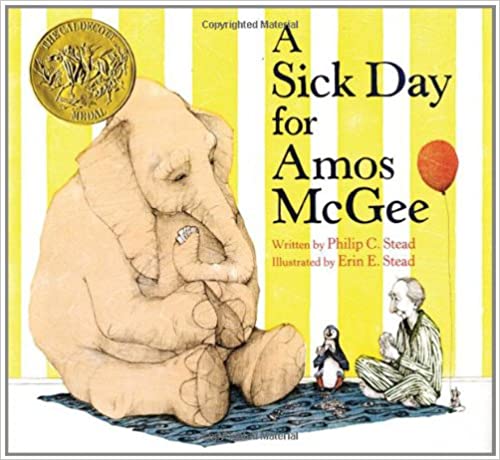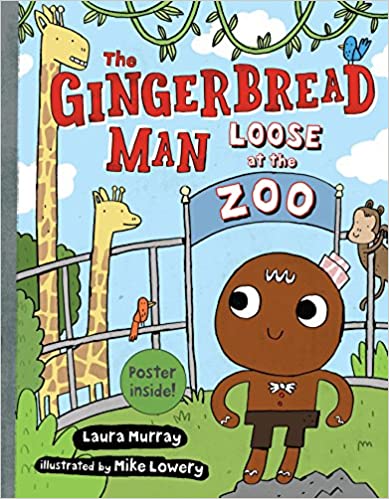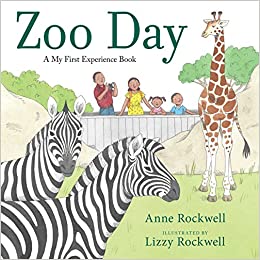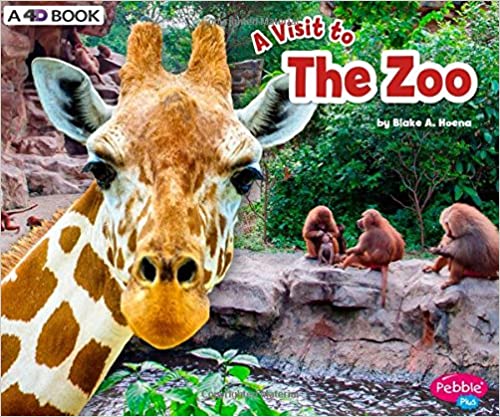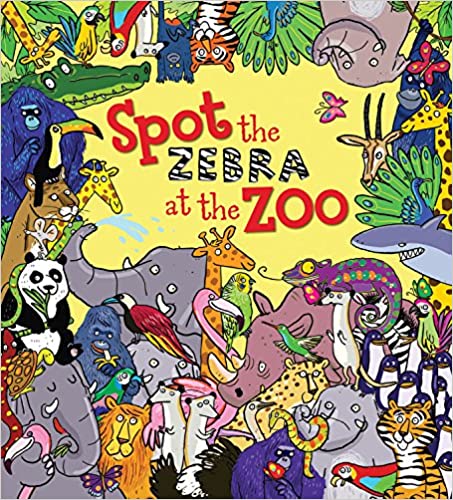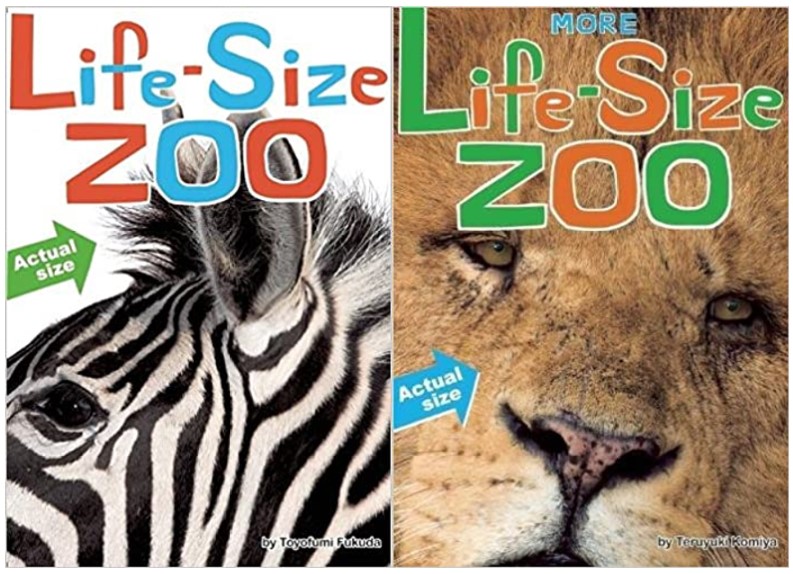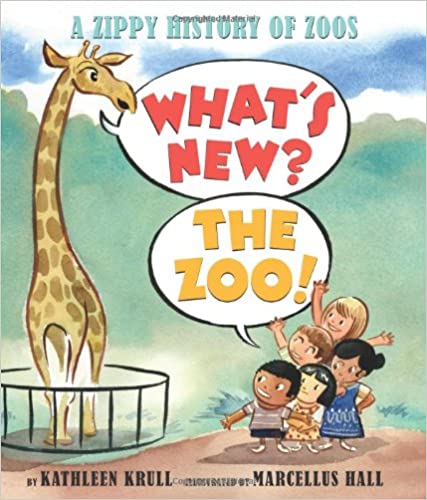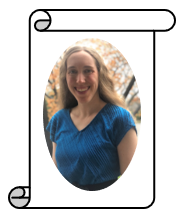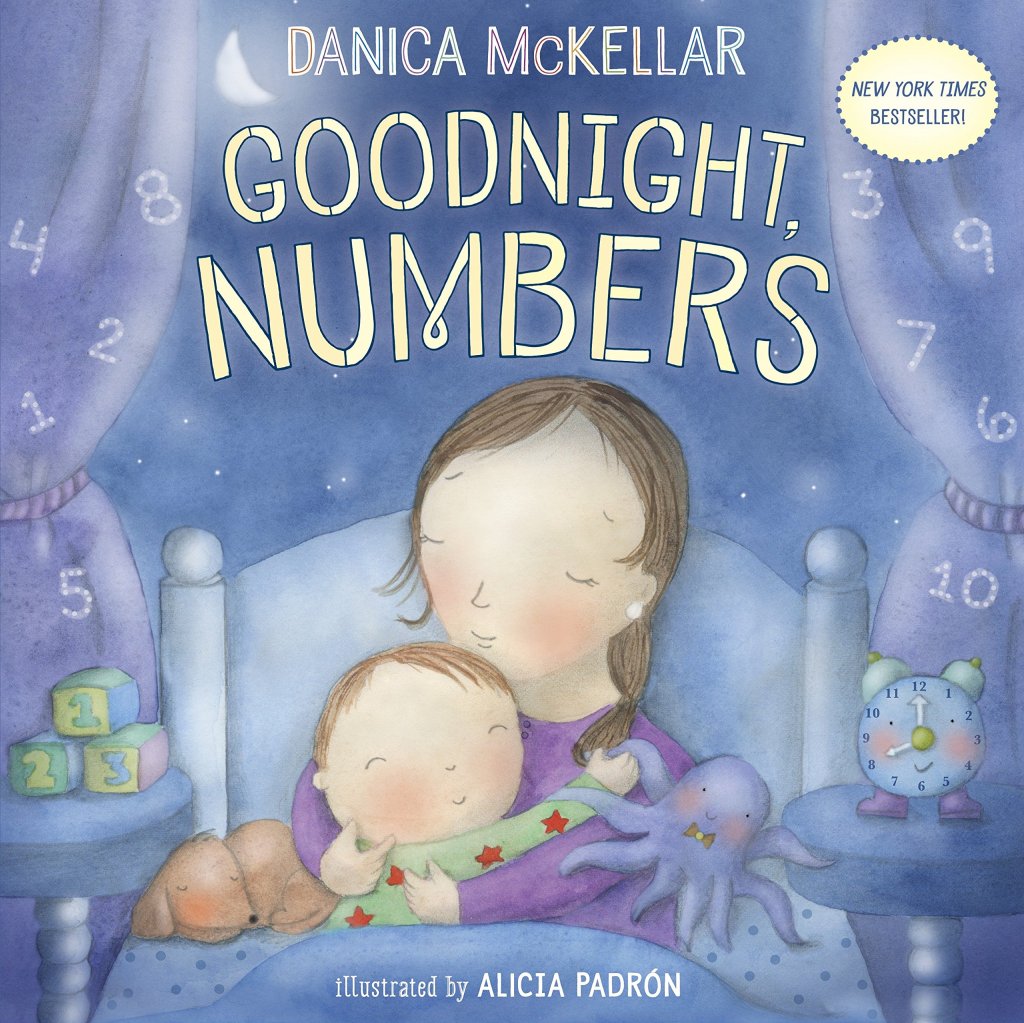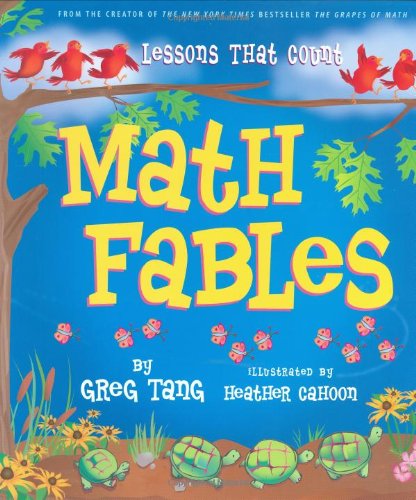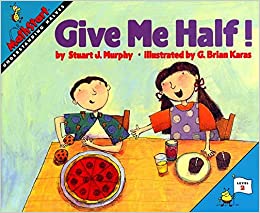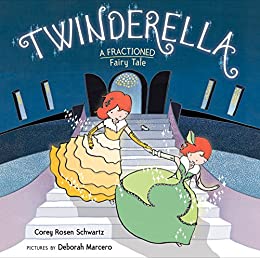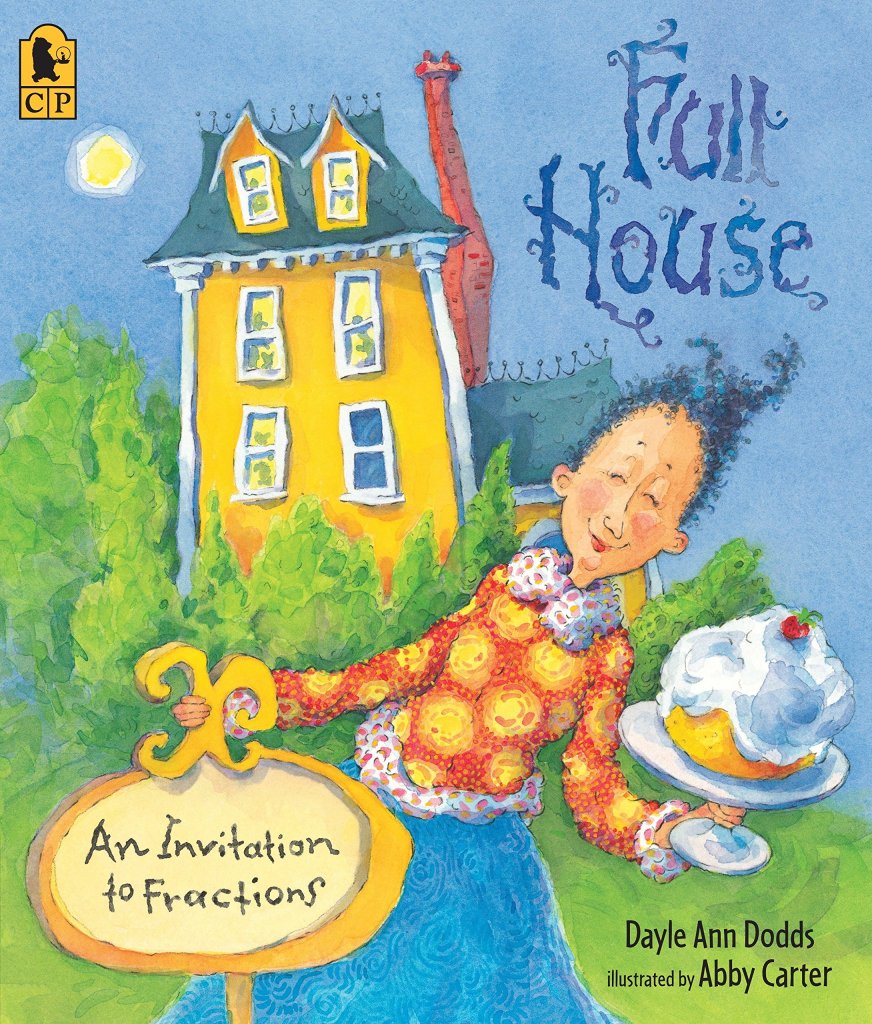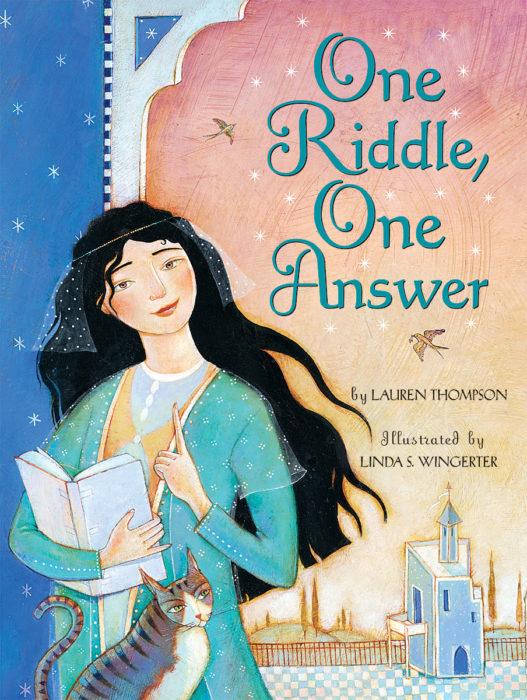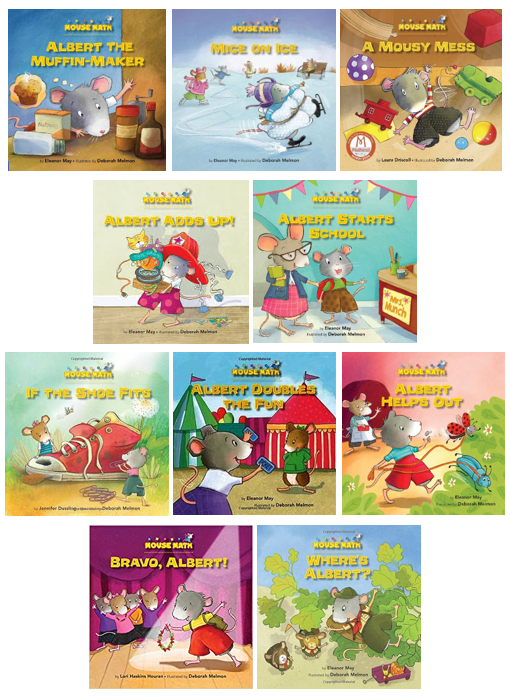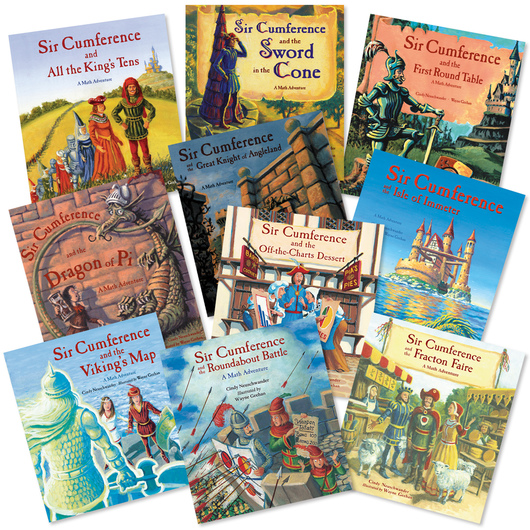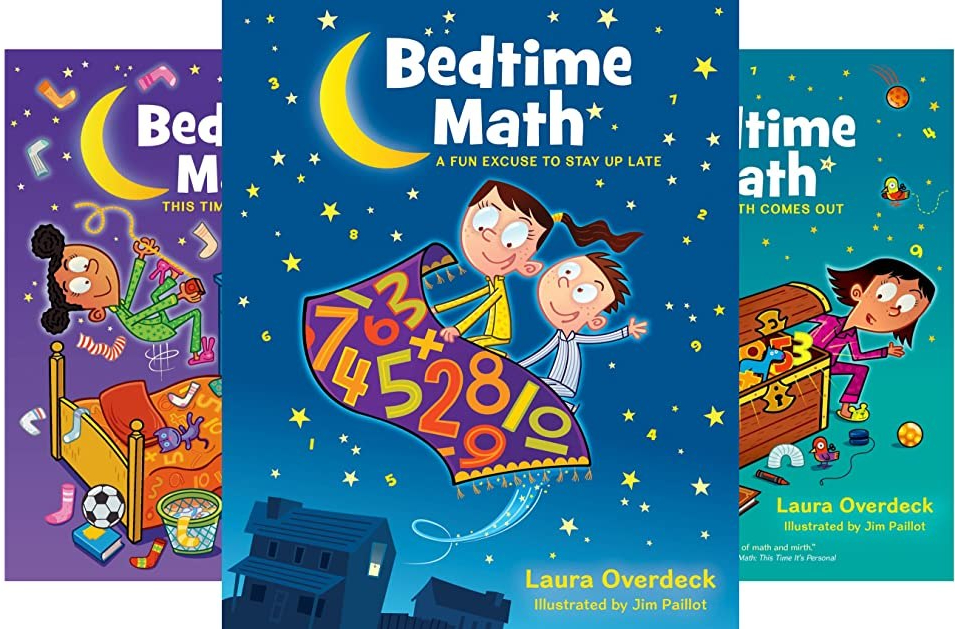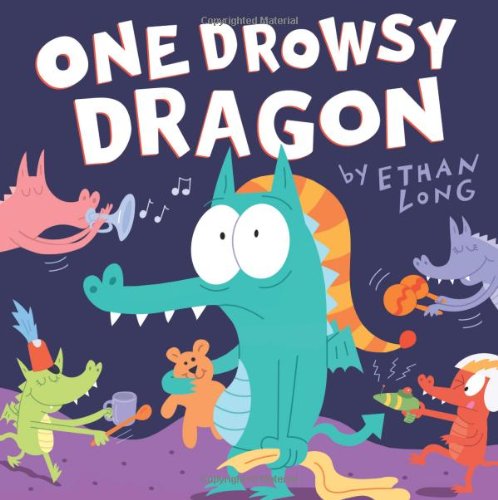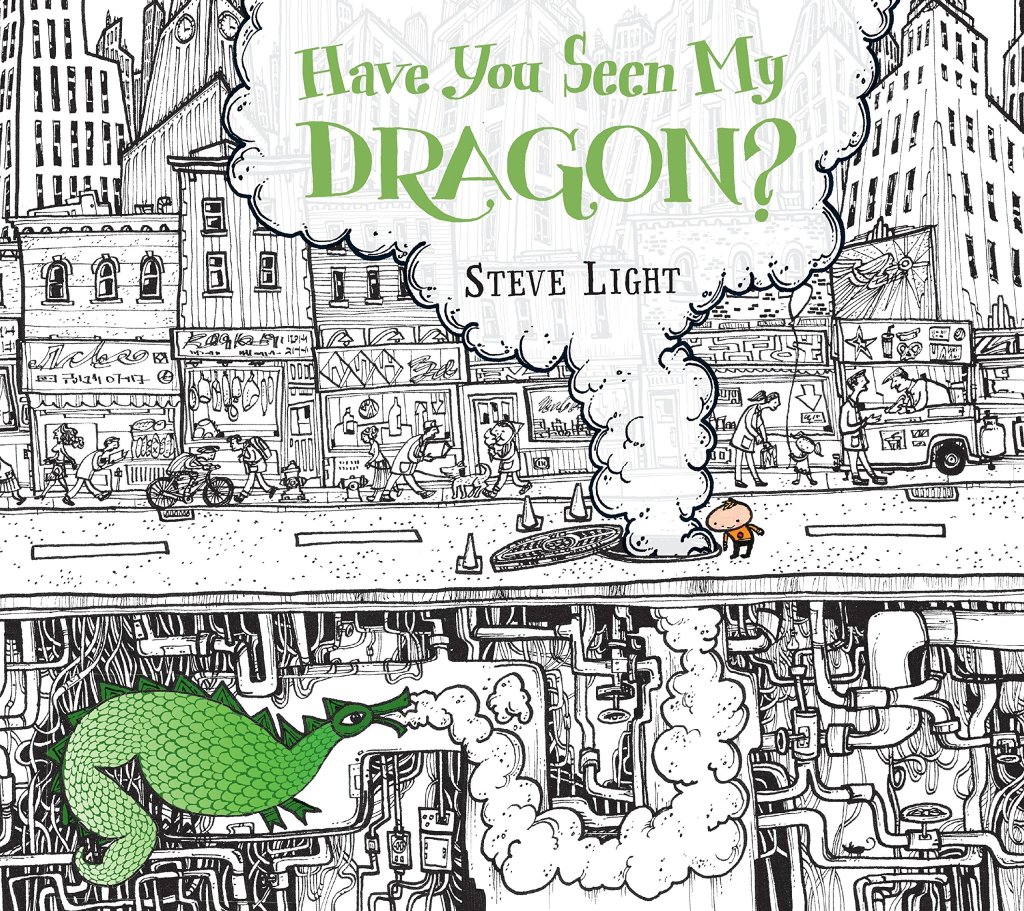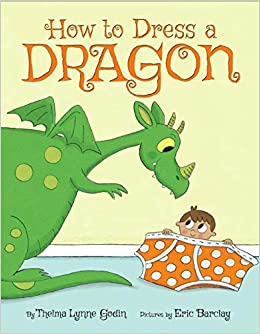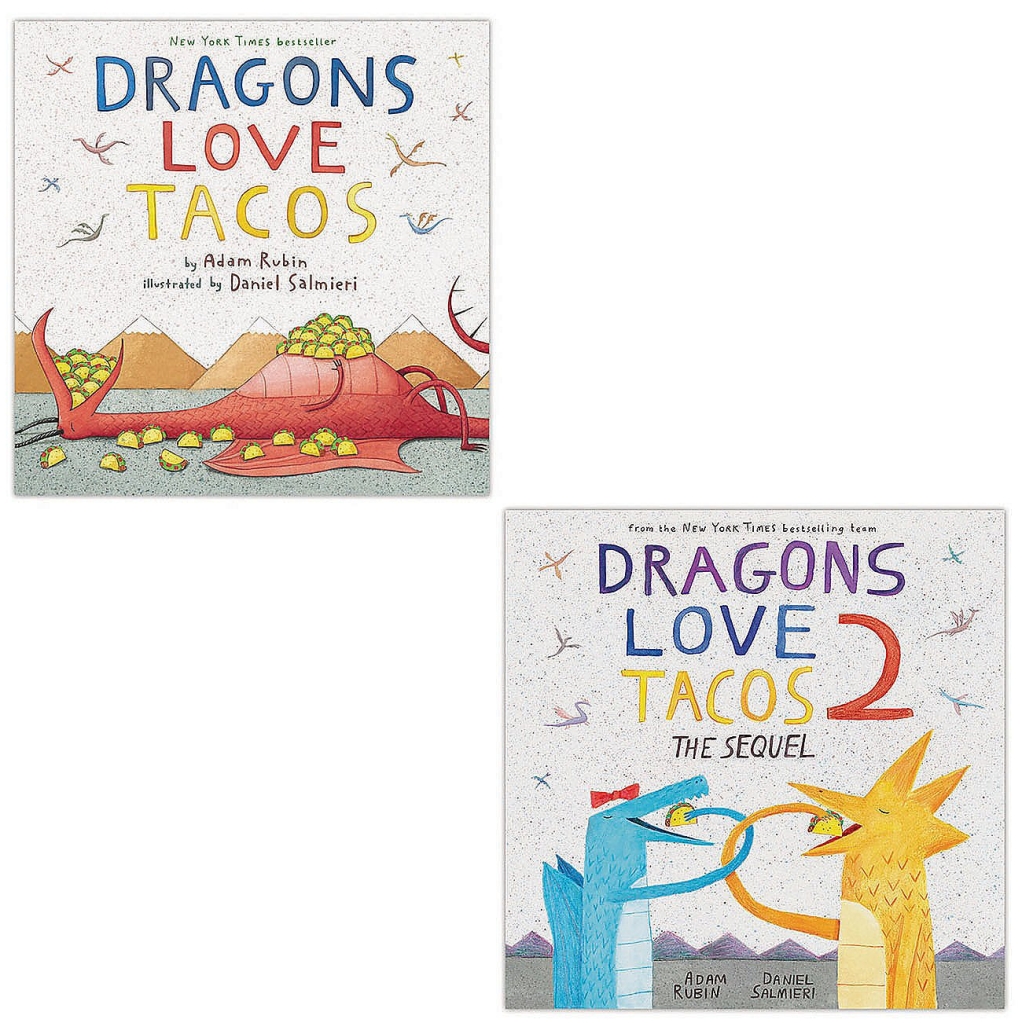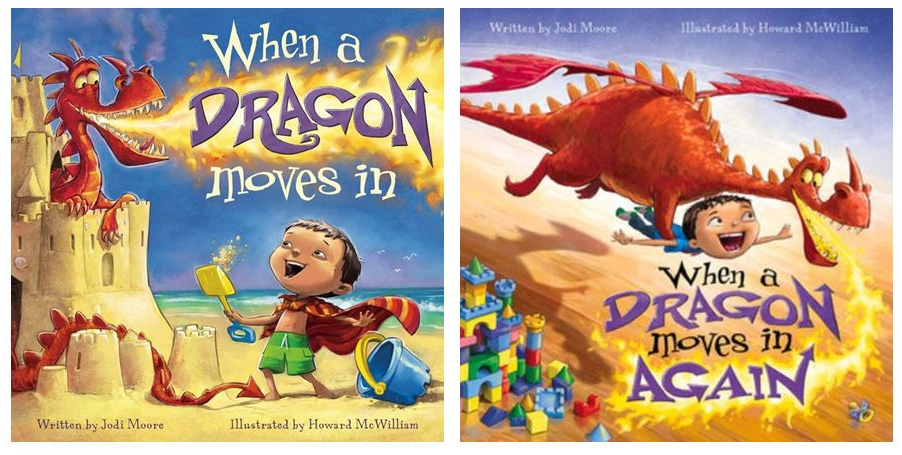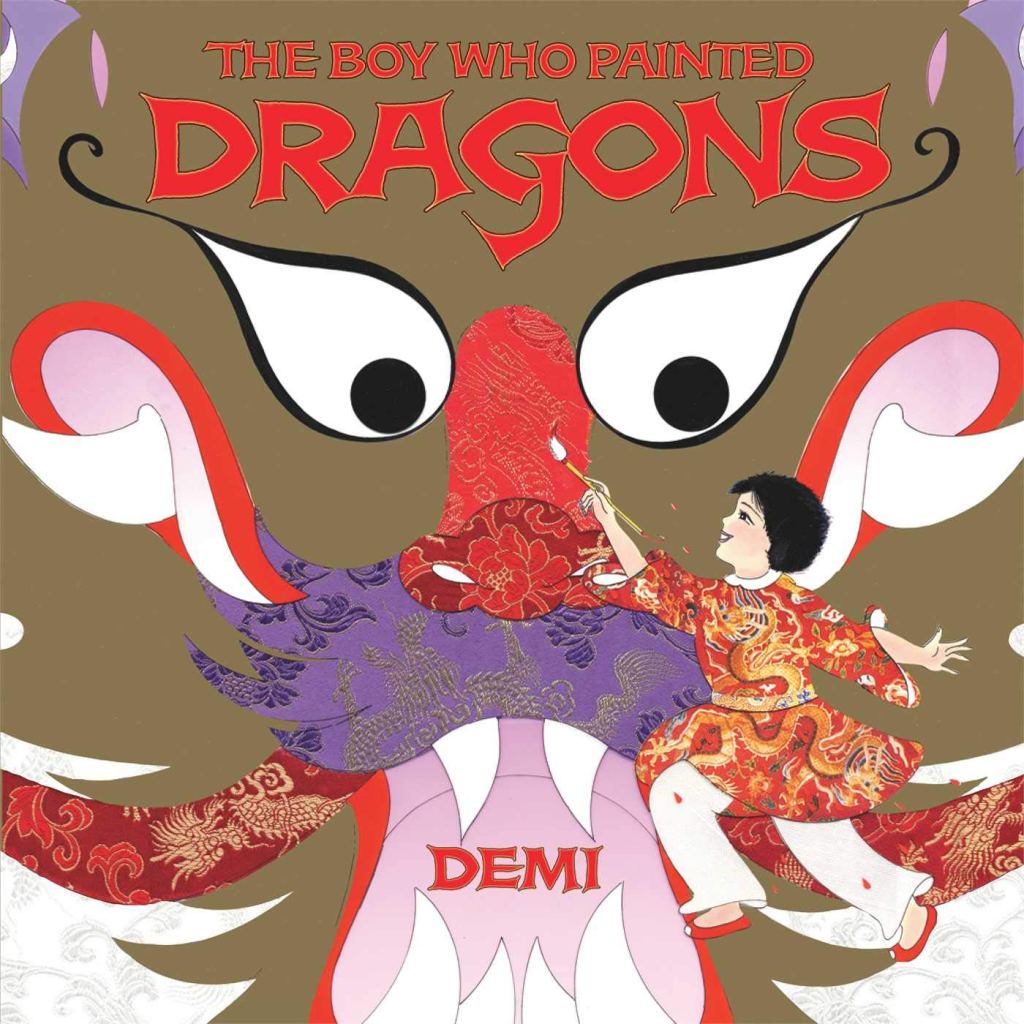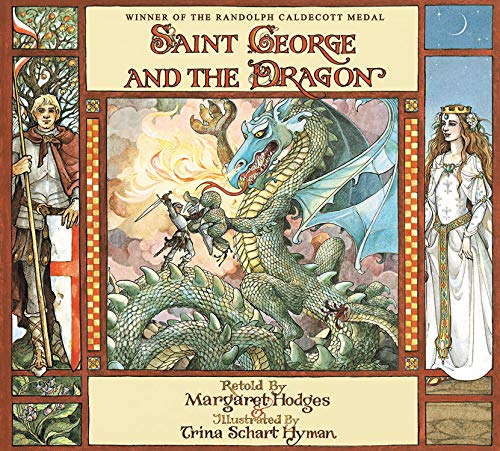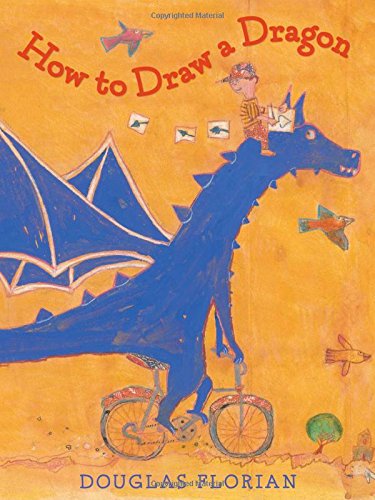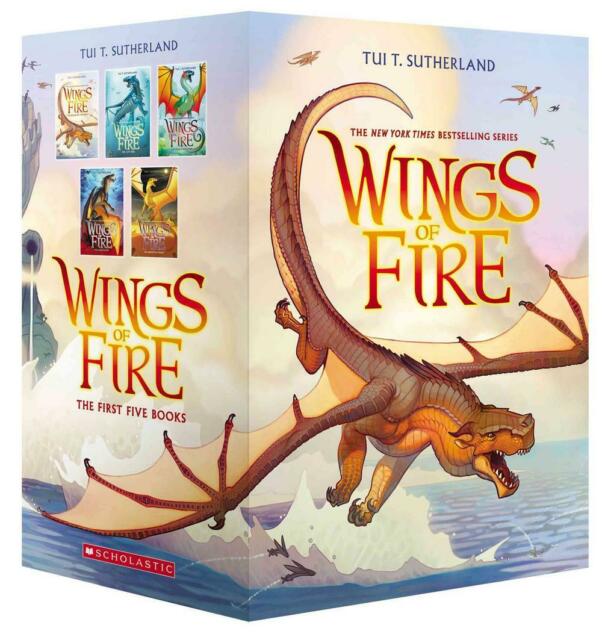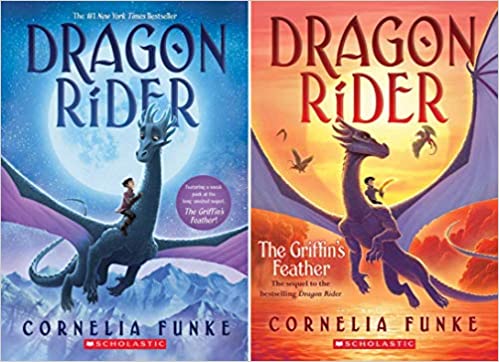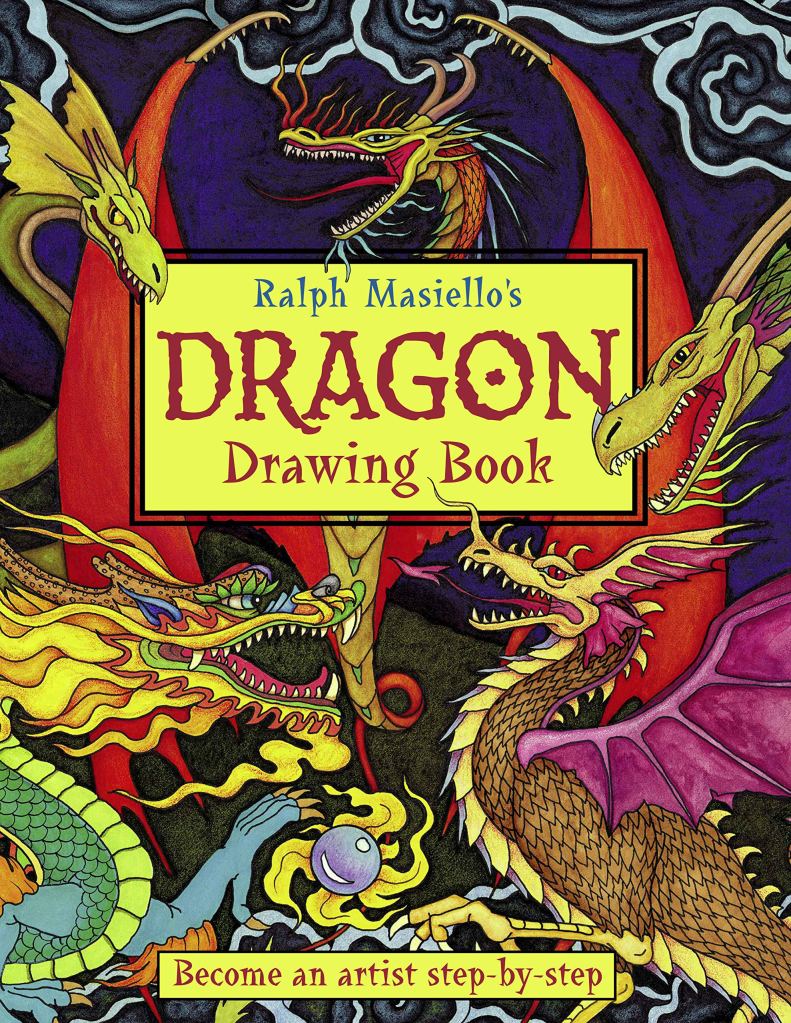Hello everyone!
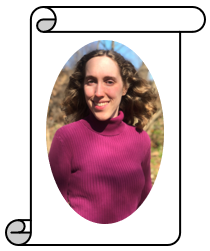
One thing that most people don’t know about me is that I love stars and the solar system. Although I am by no means an astronomer or even an amateur stargazer, I always feel in awe when I view the night sky or look at pictures or videos of outer space. Looking up at the stars always makes me feel closer to God.
Below is a selection of books that give facts about our solar system (sun, moon, and planets) and constellations. And since I was personally very unhappy when Pluto was declared to no longer be a planet, I also included books that explain why Pluto was demoted to a dwarf planet. I sorted the book recommendations into categories: Planets (books that cover all the planets and a section for each individual planet), Dwarf Planets, Sun and Moon, and Stars (other than the sun). After the book recommendations, I listed space-themed activities, crafts, science experiments, sensory activities, and snacks.
I hope the space picture books and fun activities inspire your young readers’ fascination with our solar system and the universe!
Planets
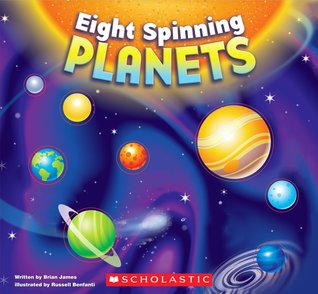
Eight Spinning Planets by Brian James, illustrated by Russell Benfanti gives a rhyming overview of the planets. The pages are cardboard and the planets are made of raised plastic, which makes the book ideal for children birth to kindergarten.

Nerdy Babies: Space by Emmy Kastner introduces kids to outer space and the eight planets. The age of the book characters makes the target audience birth to three, but if the listeners will forgive the narrator for addressing them as babies, the text and images can be enjoyed by kids as old as six.
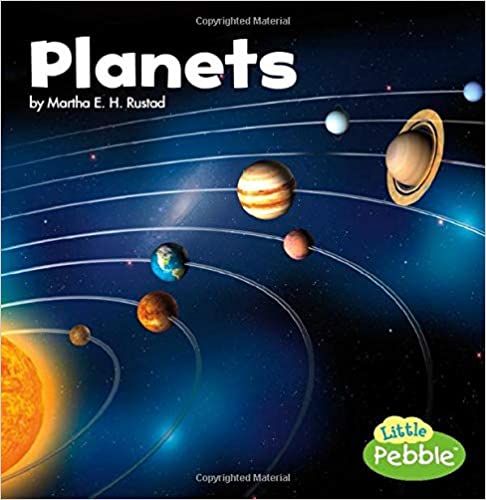
Planets by Martha E. H. Rustad gives an overview of the planets. This book is ideal for children in preschool-2nd grade. The large font size and short sentences make it a good book for new readers to read on their own.
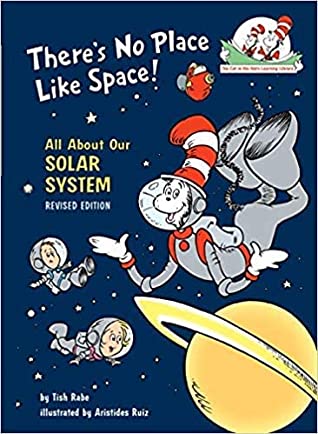
There’s No Place Like Space: All About Our Solar System (Revised Edition) by Tish Rabe, illustrated by Aristides Ruiz gives a rhyming overview of the planets, constellations, sun, and moon. This book is ideal for children in preschool-3rd grade.
Mercury

Mercury by J.P. Bloom gives an overview of the planet, including its location in the solar system, temperature, and terrain. This book is ideal for children in preschool-2nd grade. The large font size and short sentences make it a good book for new readers to read on their own.
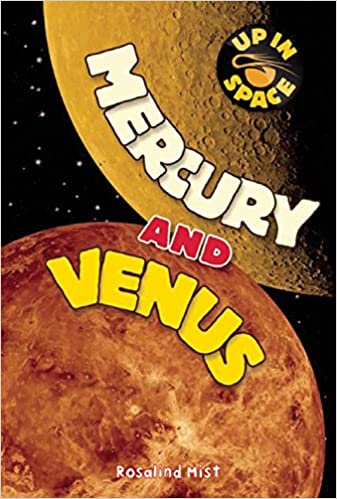
Mercury and Venus by Rosalind Mist gives an overview of Mercury and Venus. This book is ideal for children in pre-k-3rd grade. The large font size and sentence length make it a good book for more advanced new readers to read on their own.
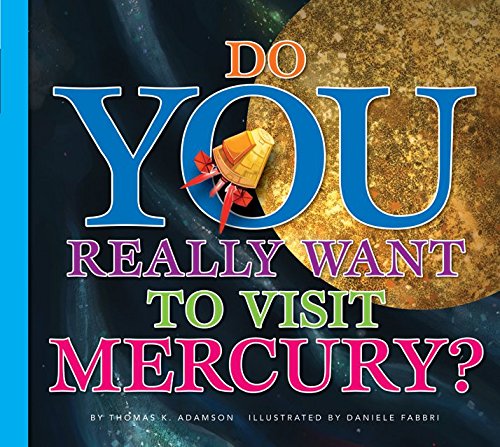
Do You Really Want to Visit Mercury? by Thomas K. Adamson, illustrated by Daniele Fabbri presents facts about Mercury through the story of a girl wanting to go to Mercury to fix a problem she is having on Earth, her trip to Mercury, her time on Mercury, and her realizing what’s great about Earth. This book is ideal for children in 1st-3rd grade.
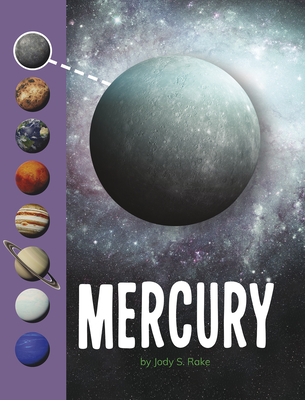
Mercury by Jody S. Rake gives an overview of the planet including what we know about its discovery; where its name came from; and its size, location in the solar system, temperature, and terrain. This book is ideal for children in 1st-4th grade. The large font size and longer sentences make it a good book for more advanced new readers to read on their own.
Venus

Venus by J.P. Bloom gives an overview of the planet, including its location in the solar system, temperature, and terrain. This book is ideal for children in preschool-2nd grade. The large font size and short sentences make it a good book for new readers to read on their own.

Mercury and Venus by Rosalind Mist gives an overview of Mercury and Venus. This book is ideal for children in pre-k-3rd grade. The large font size and sentence length make it a good book for more advanced new readers to read on their own.
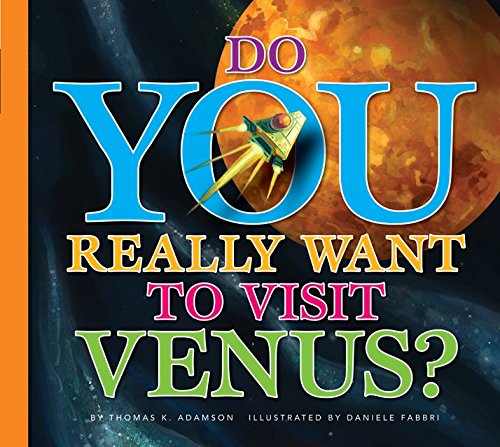
Do You Really Want to Visit Venus? by Thomas K. Adamson, illustrated by Daniele Fabbri presents facts about Venus through the story of a girl wanting to go to Venus to improve her science project, how long it takes to get to Venus, her time on Venus, and her realizing what’s great about Earth. This book is ideal for children in 1st-3rd grade.
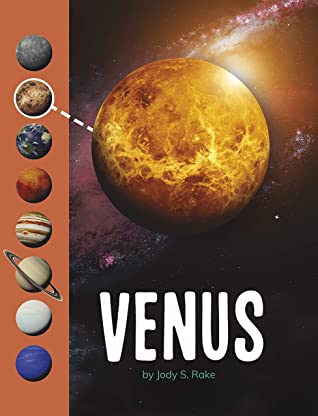
Venus by Jody S. Rake gives an overview of the planet including what we know about its discovery; where its name came from; and its size, location in the solar system, temperature, and terrain. This book is ideal for children in 1st-4th grade. The large font size and longer sentences make it a good book for more advanced new readers to read on their own.
Earth
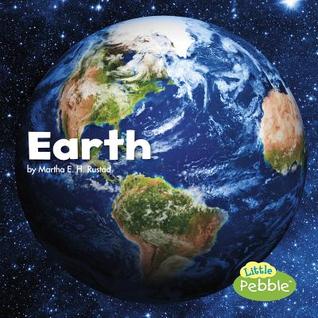
Earth by Martha E. H. Rustad gives an overview of Earth and its life-supporting features. This book is ideal for children in preschool-2nd grade. The large font size and short sentences make it a good book for new readers to read on their own.
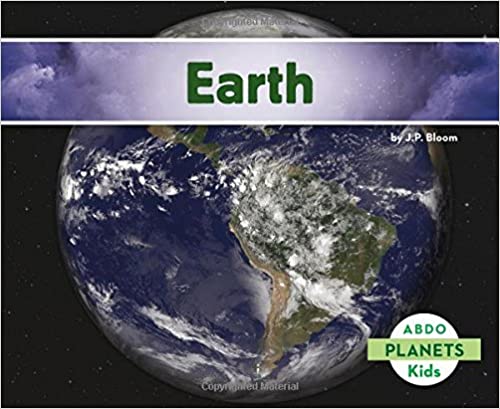
Earth by J.P. Bloom gives an overview of the planet, including its location in the solar system, how seasons are made, and its makeup from the core to the atmosphere. This book is ideal for children in preschool-2nd grade. The large font size and short sentences make it a good book for new readers to read on their own.
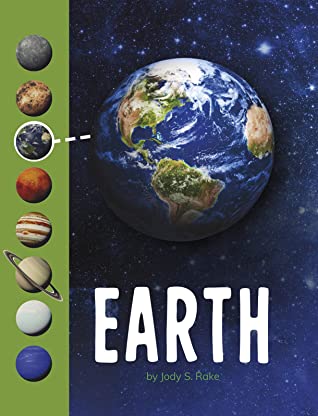
Earth by Jody S. Rake gives an overview of the planet including where its name came from and its size, location in the solar system, temperature, and terrain. This book is ideal for children in 1st-4th grade. The large font size and longer sentences make it a good book for more advanced new readers to read on their own.
Mars

Mars by J.P. Bloom gives an overview of the planet, including its location in the solar system, seasons, and terrain. This book is ideal for children in preschool-2nd grade. The large font size and short sentences make it a good book for new readers to read on their own.
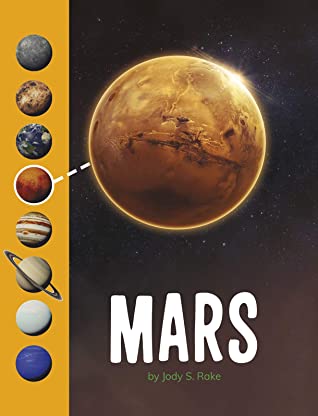
Mars by Jody S. Rake gives an overview of the planet including what we know about its discovery; where its name came from; and its size, location in the solar system, temperature, and terrain. This book is ideal for children in 1st-4th grade. The large font size and longer sentences make it a good book for more advanced new readers to read on their own.
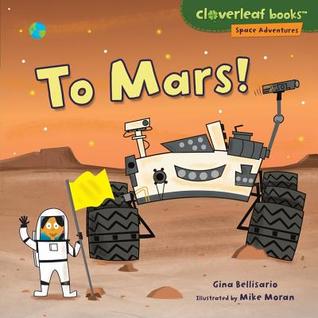
To Mars! by Gina Bellisario, illustrated by Mike Moran is about a girl named Avery who imagines that she goes to Mars. Facts about Mars are presented as Avery does things on Mars. This book is ideal for children in kindergarten-2nd grade.

Is There Life on Mars by Michael Portman gives information about Mars and why people thought, and some still think, there could be life on it. This book is ideal for children in 2nd-5th grade.
Jupiter
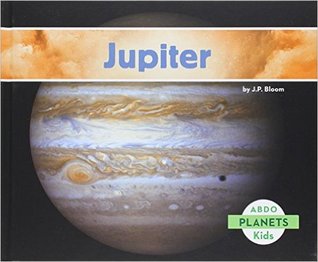
Jupiter by J.P. Bloom gives an overview of the planet, including its location in the solar system, that it is made of gas, and that it has many storms. This book is ideal for children in preschool-2nd grade. The large font size and short sentences make it a good book for new readers to read on their own.
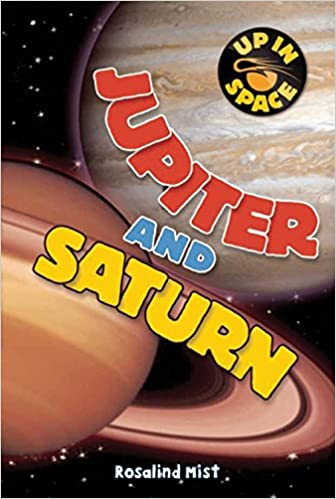
Jupiter and Saturn by Rosalind Mist gives an overview of Jupiter and Saturn. This book is ideal for children in pre-k-3rd grade. The large font size and sentence length make it a good book for more advanced new readers to read on their own.
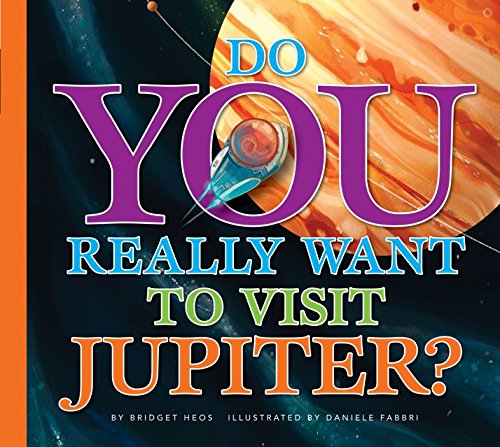
Do You Really Want to Visit Jupiter? by Bridget Heos, illustrated by Daniele Fabbri presents facts about Jupiter through the story of a boy who wants to go to Jupiter, his time on Jupiter and some of its moons, and his realizing what’s great about Earth. This book is ideal for children in 1st-3rd grade.
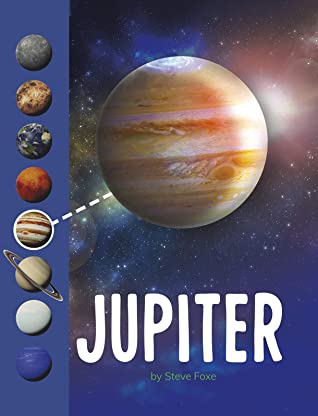
Jupiter by Steve Foxe gives an overview of the planet including what we know about its discovery; where its name came from; and its size, location in the solar system, and that it is a gas giant. This book is ideal for children in 1st-4th grade. The large font size and longer sentences make it a good book for more advanced new readers to read on their own.
Saturn
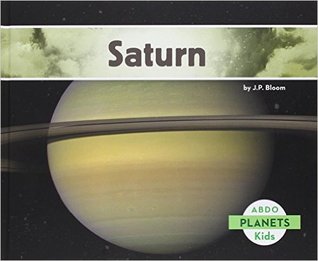
Saturn by J.P. Bloom gives an overview of the planet, including its location in the solar system, moons, and that it is made of gas. This book is ideal for children in preschool-2nd grade. The large font size and short sentences make it a good book for new readers to read on their own.

Jupiter and Saturn by Rosalind Mist gives an overview of Jupiter and Saturn. This book is ideal for children in pre-k-3rd grade. The large font size and sentence length make it a good book for more advanced new readers to read on their own.
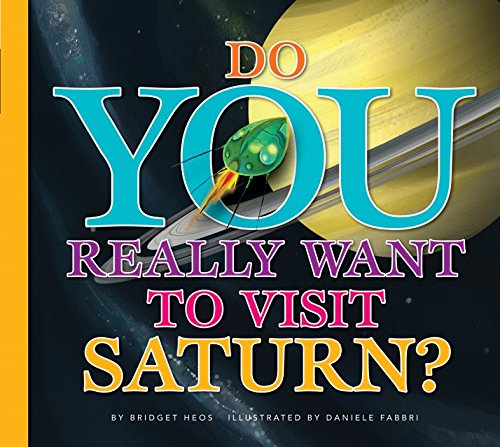
Do You Really Want to Visit Saturn? by Bridget Heos, illustrated by Daniele Fabbri presents facts about Saturn through the story of a boy wanting to live on another planet, how long it takes to get to Saturn, his time on Saturn, and his realizing what’s great about Earth. This book is ideal for children in 1st-3rd grade.
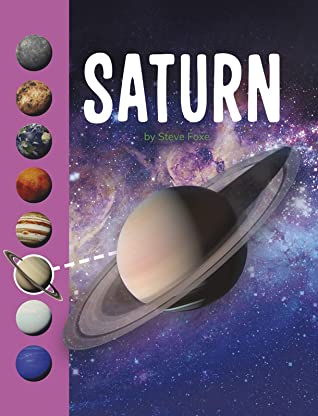
Saturn by Steve Foxe gives an overview of the planet including what we know about its discovery; where its name came from; and its size, location in the solar system, and that it is a gas giant. This book is ideal for children in 1st-4th grade. The large font size and longer sentences make it a good book for more advanced new readers to read on their own.
Uranus

Uranus by J.P. Bloom gives an overview of the planet, including its location in the solar system, seasons, and that it is an ice giant. This book is ideal for children in preschool-2nd grade. The large font size and short sentences make it a good book for new readers to read on their own.

Uranus and Neptune by Rosalind Mist gives an overview of Uranus, Neptune, and the dwarf planets. Since the book was published in 2012, some of the information is outdated. For example, Pluto has five moons, not three. This book is ideal for children in pre-k-3rd grade. The large font size and sentence length make it a good book for more advanced new readers to read on their own.

Do You Really Want to Visit Uranus? by Bridget Heos, illustrated by Daniele Fabbri presents facts about Uranus through the story of a boy wanting to take pictures of Uranus, how long it takes to get to Uranus, his time on Uranus, and his realizing what’s great about Earth. This book is ideal for children in 1st-3rd grade.
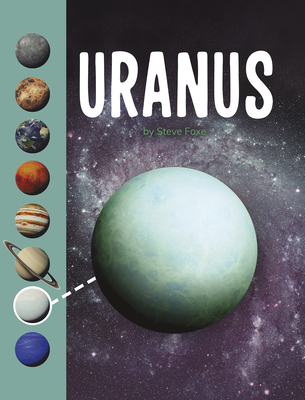
Uranus by Steve Foxe gives an overview of the planet including what we know about its discovery; where its name came from; and its size, location in the solar system, and that it is an ice giant. This book is ideal for children in 1st-4th grade. The large font size and longer sentences make it a good book for more advanced new readers to read on their own.
Neptune
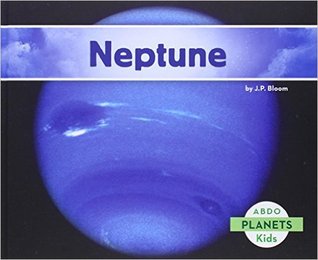
Neptune by J.P. Bloom gives an overview of the planet, including its location in the solar system, temperature, and that it is a gas giant. This book is ideal for children in preschool-2nd grade. The large font size and short sentences make it a good book for new readers to read on their own.

Uranus and Neptune by Rosalind Mist gives an overview of Uranus, Neptune, and the dwarf planets. Since the book was published in 2012, some of the information is outdated. For example, Pluto has five moons, not three. This book is ideal for children in pre-k-3rd grade. The large font size and sentence length make it a good book for more advanced new readers to read on their own.
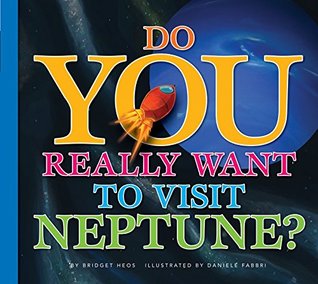
Do You Really Want to Visit Neptune? by Bridget Heos, illustrated by Daniele Fabbri presents facts about Neptune through the story of a girl wanting to go to Neptune to get away from a problem she is having on Earth, how long it takes to get to Neptune, her time on Neptune, and her curiosity about what lies beyond Neptune causing her to continue traveling. This book is ideal for children in 1st-3rd grade.
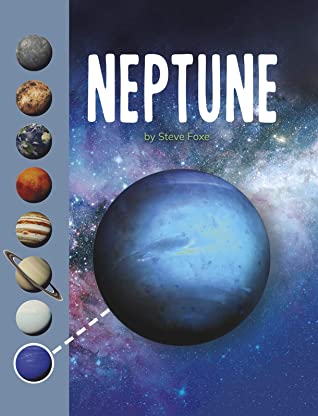
Neptune by Steve Foxe gives an overview of the planet including what we know about its discovery; where its name came from; and its size, location in the solar system, and that it is an ice giant. This book is ideal for children in 1st-4th grade. The large font size and longer sentences make it a good book for more advanced new readers to read on their own.
Dwarf Planets
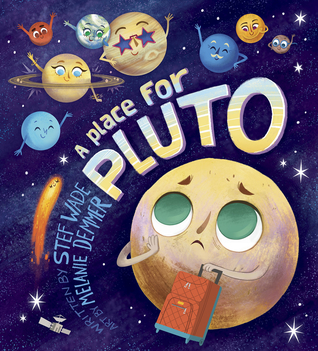
A Place for Pluto by Stef Wade, illustrated by Melanie Demmer tells the story of Pluto being told he’s not a planet anymore. In his search for where he belongs in the galaxy, Pluto compares himself to comets, meteoroids, and asteroids, but he is not any of those. Finally, he meets other dwarf planets and finds out what he is and where he fits. This book is ideal for children in preschool through 2nd grade.
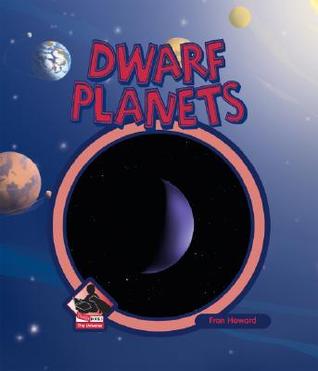
Dwarf Planets by Fran Howard presents information about Ceres, Pluto, and Eris. Since the book was published in 2008, some of the information is outdated. For example, Pluto has five moons, not three. This book is ideal for children in 1st-4th grade. The large font size and longer sentences make it a good book for more advanced new readers to read on their own.

Pluto’s Secret: An Icy World’s Tale of Discovery by Margaret A. Weitekamp and David DeVorkin, illustrated by Diane Kidd tells the story of Pluto’s discovery, naming, and demotion to a dwarf planet from scientists’ and Pluto’s points of view. The scientists have lots of assumptions and questions about Pluto, and Pluto has a secret for them to discover. This book is ideal for children in kindergarten-4th grade.
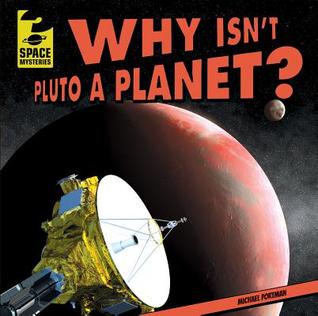
Why Isn’t Pluto a Planet? by Michael Portman gives an overview of Pluto’s discovery and the reason it was demoted to a dwarf planet. This book is ideal for children in 2nd-5th grade.
Sun and Moon
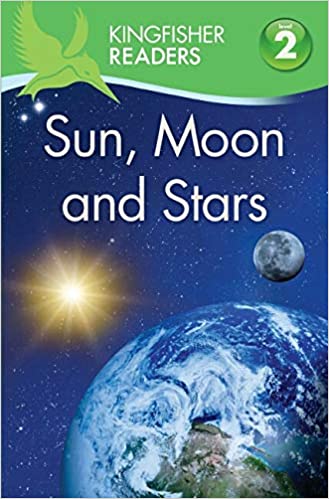
Sun, Moon, and Stars by Hannah Wilson presents an overview of the sun and moon and how they relate to Earth. It also gives information about different types of stars and defines what a constellation is. This book is ideal for children in pre-K-2nd grade. The large font size and longer sentences make it a good book for more advanced new readers to read on their own.

Sun and Moon Have a Tea Party by Yumi Heo, illustrated by Naoko Stoop is about Sun and Moon having an argument about what the world is like: active or asleep. When Cloud invites them to stay up past their bedtime and watch the world from behind him, Sun and Moon discover that they are both right. This book is ideal for children in preschool-2nd grade.
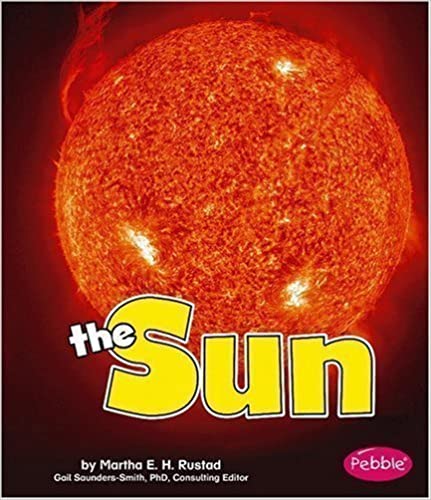
The Sun by Martha E. H. Rustad gives an overview of the sun. This book is ideal for children in preschool-2nd grade. The large font size and short sentences make it a good book for new readers to read on their own.
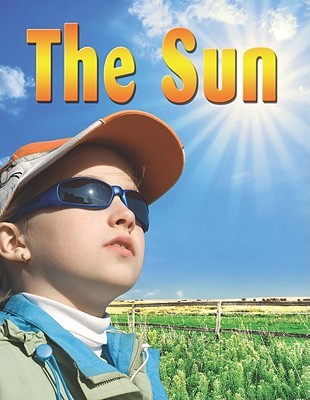
The Sun by Reagan Miller gives an overview of the sun and how it influences life on Earth. At the end of the book is an activity that illustrates how it can be day in one part of the world and night in another. This book is ideal for children in 1st-3rd grade.
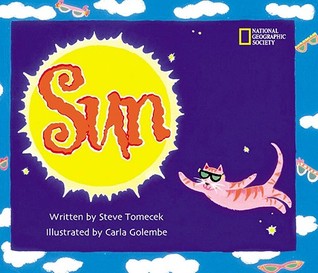
Sun by Steve Tomecek, illustrated by Carla Golembe explains what the sun is and how it influences life on Earth. At the end of the book is an activity that illustrates how it can be day in one part of the world and night in another. This book is ideal for children in 2nd-6th grade.

Many Moons by Rémi Courgeon shows the different phases of the moon in terms of what every day objects it looks like. The final spread shows the eight phases of the moon in order starting with the new moon and gives a description of each phase. This book is ideal for birth to 1st grade.

The Moon by Martha E. H. Rustad gives an overview of the moon. This book is ideal for children in preschool-2nd grade. The large font size and short sentences make it a good book for new readers to read on their own.
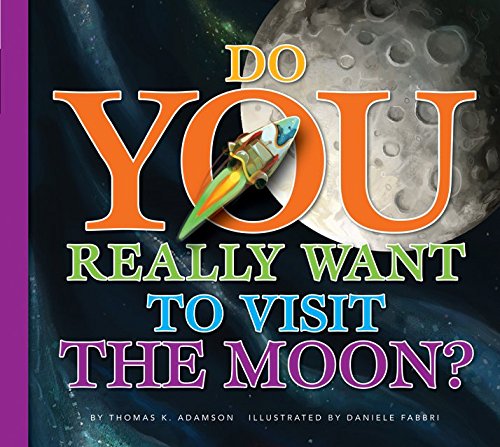
Do You Really Want to Visit the Moon? by Thomas K. Adamson, illustrated by Daniele Fabbri presents facts about the moon through the story of a girl wanting to go to the moon to fix a problem she is having on Earth, her trip to the moon, her time on the moon, and her realizing what’s great about Earth. This book is ideal for children in 1st-3rd grade.
Stars (other than the sun)
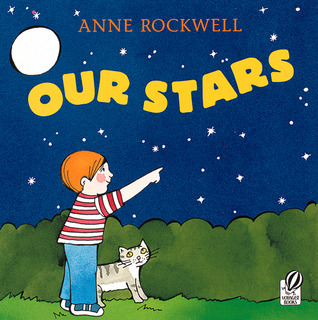
Our Stars by Anne Rockwell gives an overview of stars, planets, the moon, comets, and meteors. This book is ideal for children in preschool-2nd grade.

Sun, Moon, and Stars by Hannah Wilson presents an overview of the sun and moon and how they relate to Earth. It also gives information about different types of stars and defines what a constellation is. This book is ideal for children in pre-K-2nd grade. The large font size and longer sentences make it a good book for more advanced new readers to read on their own.
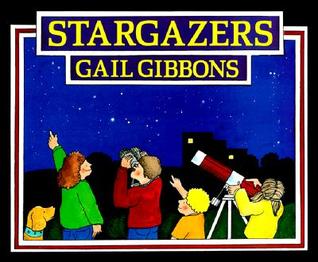
Stargazers by Gail Gibbons gives an overview of stars and stargazers. This book is ideal for children in pre-k-3rd grade.

Stars and Galaxies by James Buckley, Jr. gives information about different types of stars, constellations, and galaxies. This book is ideal for children in kindergarten-2nd grade. The large font size and longer sentences make it a good book for more advanced new readers to read on their own.

The Sky Is Full of Stars by Dr. Franklyn M. Branley, illustrated by Felicia Bond presents an introduction to stargazing by giving an overview of what constellations are, how to find some of the easier ones, and instructions for how to make your own constellations with a flashlight and recyclables. This book is ideal for children in kindergarten-3rd grade.
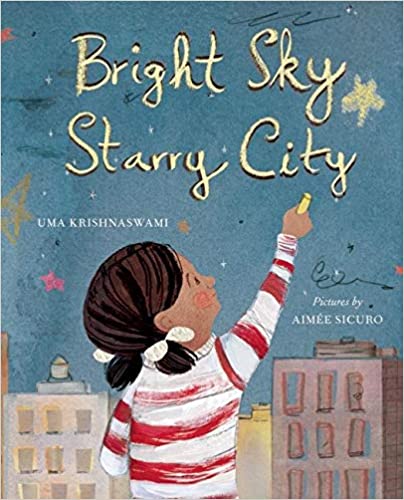
Bright Sky, Starry City by Uma Krishnaswami, illustrated by Aimée Sicuro tells the story of a girl named Phoebe who lives in a city and plans to look at Saturn, Mars, and the stars with her dad and his telescopes, but they can’t see them well because of light pollution. She wishes for the lights to go out, and a her wish is granted when a storm causes a blackout. Phoebe, her dad, and other people in the city get to enjoy the planets and constellations. At the back of the book is information about our solar system, planets and moons, telescopes, and light pollution. This book is ideal for children in kindergarten-4th grade.
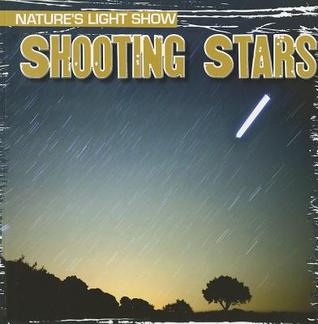
Shooting Stars by Kristen Rajczak shares information about meteors and when to watch for them. This book is ideal for children in 2nd-5th grade.
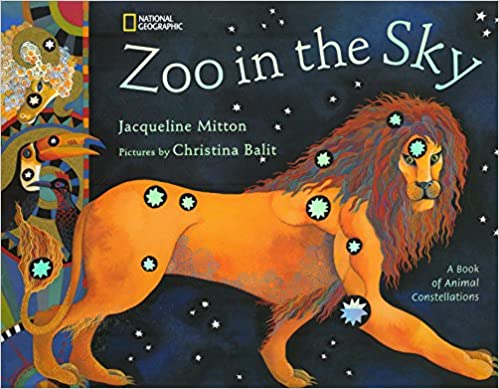
Zoo in the Sky: A Book of Animal Constellations by Jacqueline Mitton, illustrated by Christina Balit shares about constellations in the northern and southern hemispheres. This book is ideal for children in 3rd-6th grade.
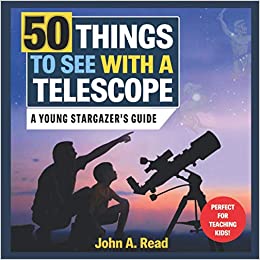
50 Things to See with a Telescope: A Young Stargazer’s Guide by John A. Read is a how-to book that instructs young stargazers in how to find constellations, star clusters, planets, and other items in the northern hemisphere during each of the four seasons. This book is ideal for children in 3rd grade and up, but with adult assistance it could be used with children as young as 5 years old.
Activities
- Night Sky Felt Play and Math Games (Preschool through 1st Grade)
- Constellation Geoboard (Preschool through 2nd Grade)
- Constellation Geoboards (Kindergarten through Elementary)
- Build a Lego Solar System (Preschool through Elementary)
- Planetary Orbit Game (Preschool through Elementary)
- Planets Scrabble Math (1st through 3rd Grade)
- Candy Constellation Game (3rd grade and up)
Crafts
- Marshmallow Constellations (Preschool through 2nd grade)
- Summer Skies Marshmallow Constellations (2nd through 6th grade)
- Pipe Cleaner Constellations (Preschool through Elementary)
- DIY Constellation Projector (Preschool through Elementary)
- Constellation Lacing Cards (Elementary)
- Fingerprint Solar System (Preschool)
- Paint Stick Solar System (Pre-K through 3rd grade)
- Puffy Planets (Preschool through 3rd grade)
- Coffee Filter Planets (Preschool through Elementary)
- Papier-mâché Solar System (Preschool through Elementary)
Science Experiments
- Making Craters (Preschool through Elementary)
- Fizzing Planets Solar System (Preschool through Elementary)
- Fizzy Stars (Preschool through 2nd grade)
- Melting Stars (Preschool through Elementary)
- Magic Rainbow Toothpick Star (Preschool through Elementary)
Sensory
- Solar System Sensory Bottle (Preschool)
- Star Gazing Discovery Bottle (Preschool)
- Good Night Moon Sensory Bottle (Preschool)
- Glow in the Dark Solar System Sensory Play (Preschool)
- Starry Night Sky Slime (Preschool)
- Starry Night Sensory Bag (Preschool through 2nd grade)
- Outer Space Playdough (Preschool through 2nd grade)
Snack
Happy reading!
Katie
P.S.
For more themed book recommendations and activities, visit my post library.




